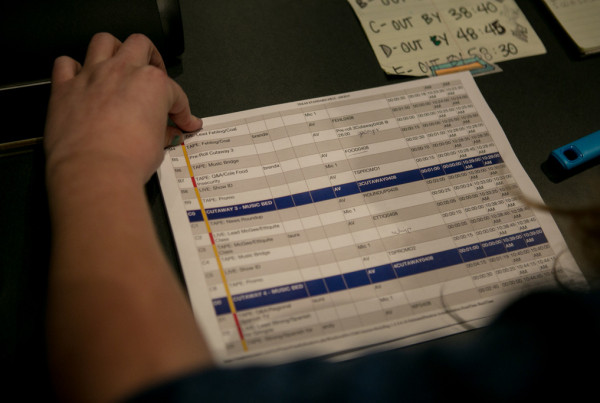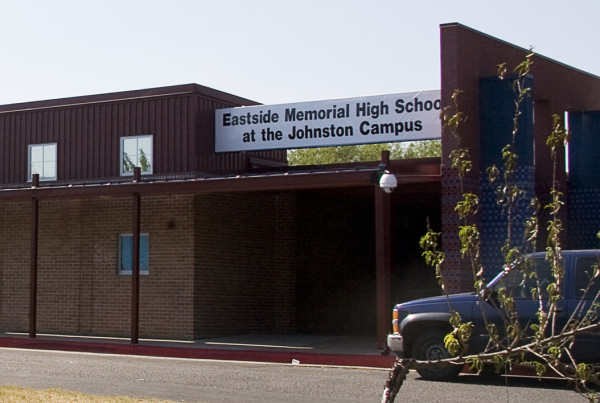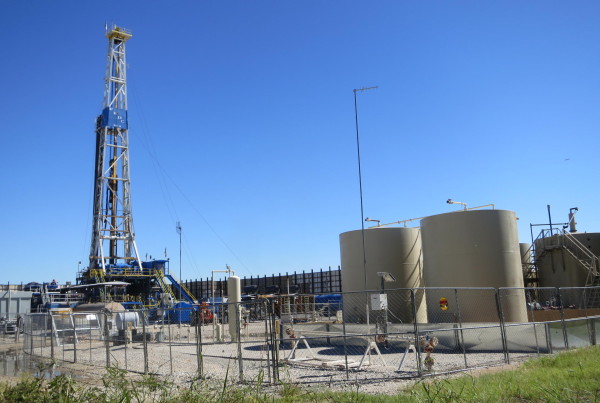This story originally appeared on Inside Energy, a public media collaboration that focuses on America’s energy issues.
State senators recently passed a passed a bill that threatened to repeal a state law that required utilities to source a certain amount of electricity from renewables. For fifteen years, that mandate has paved the way for wind power’s growth in Texas.
They are part of an initiative that used private sector investment in wind power production and government investment in transmission lines to bring in renewable energy sources such as wind and solar to the Texas grid.
But the effort to eliminate what has been the backbone of the wind power industry’s financial model has sent a troublesome signal to investors who say wind generation needs support to compete with the fossil fuel industry.
Texas Wind
Investors in wind generation have been attracted to Texas for two reasons.
Firstly, Texas has the weather and wide open spaces needed to build wind turbine installations. It has a geography of mesas and flatland that act as a funnel for wind. Historically, landowners and ranchers have been friendly to leasing their land for oil and gas operations. They can make money on land that might otherwise not produce income.
Secondly, Texas has a fiercely pro-business regulatory environment that has embraced energy development since the arrival of oil and gas. Those industries, along with coal and nuclear power, still receive large state government subsidies in the form of tax exemptions, deferrals and deductions.
Renewable Portfolio Standard
In 1999, Texas told utilities, ‘put renewable energy into your portfolio.’ Texans also started paying at that time what today amounts to about nine more cents more a month per residential customer for electricity.
The initiative was called the Renewable Portfolio Standard, or RPS. It was signed into law by then Texas Governor George W Bush. The RPS also subsidized transmission lines built specifically to bring wind and solar into the grid. Now around 10 percent of Texas’ electricity is generated from wind.
Wind power for 90 per cent of the Texas grid is controlled from a quiet, dark room in Taylor, Texas. The high security room is the nerve center of electricity operations in most of Texas.
The building is formally called the Electric Reliability Council of Texas, or ERCOT.
Every five minutes, ERCOT’s computers take bids from power providers. ERCOT’s decisions on which power generator offers are accepted effectively sets the price of wholesale electricity in Texas.
And Ercot acts as traffic cop to avoid congestion on the state’s transmission lines.
Maps in the room show where power is being generated, graphs break down the mix of fossil fuels, nuclear and renewables. And a ticker flashes the wholesale market price of electricity.
Bill Blevins, Manager of Planning Operations at ERCOT says wind in particular is an increasingly significant player in the state’s renewable energy mosaic.
Here’s one compelling statistic. On Feb 19, 2015 around 11 at night, wind power set a record in Texas; 34 per cent of all electricity in the transmission lines connected to the ERCOT grid was generated by the wind.
“We’re getting a lot of experience and we’re learning how to integrate all these technologies but wind specifically,” said Blevins in the control room.
“I think that’s a good thing. And I’m very happy to see that we’re using these technologies.
Consumer Benefits
An example of wind power’s market penetration is an Austin eatery called Tacodeli. The restaurant buys wind power from the city utility, Austin Energy, who in turn buys the power on the wholesale electricity market from Duke Energy Renewables, the commercial business unit of North Carolina-based Duke Energy.
The utility’s customers such as deli co-owner Eric Wilkerson can opt to buy 100 percent wind generated electricity. He made that choice in 2005.
“The price at that time was a little bit higher than conventional electricity. But were locked in that price,” Wilkerson explained.
So Wilkerson could look ahead knowing one critical business expense wouldn’t fluctuate.
“We were able to budget and have the comfort,” Wilkerson continued. “This what our energy costs will be.”
Too Much Of A Good Thing?
But this past March, a challenge unfolded in the Texas legislature.
Republican State Senator Troy Fraser convened hearings on renewable energy subsidies. Since Texas has already far surpassed the original RPS goals, he doesn’t think they need the mandate any longer.
It was quite a turnaround. A decade ago, Fraser shaped legislation to expand the Renewable Portfolio Standard.
“There’s no message here other than, a goal was set, mission accomplished, we’re going to remove that,” said Fraser referring to the standard.
Fraser’s bill passed in the State Senate. It wasn’t considered by the House and didn’t become law. But the conversation Fraser started continues.
Donna Nelson, Chairman of the Texas Public Utilities Commission, is the chief electricity regulator. She agrees with Fraser: “Why do you need to leave a requirement in place when we have far surpassed that requirement,” she asked rhetorically.
“Wind has a really good foothold in Texas, and it’s time for them really to start operating without subsidies,” she said in her office at the State Capitol.
Wind Industry Nerves
That free market mantra is embraced by many in conservative Texas. But the “end-subsidies-now” movement is disconcerting for investors in the wind business. This far in 2015, five states have introduced legislation to cut or curtail renewable energy mandates.
Jeff Clark leads the lobby group called The Wind Coalition.
“Our phone immediately started ringing,” he said, recalling the day in April that Fraser’s bill passed in the state senate.
“Investors all over the world were looking at Texas and saying, ‘Are the policies going to change? Is my investment, is my long term planning, my long term investment, a sound one in that state?'”
Clark says the answer to that question is still yes. But he says his membership needs the same kinds of support that oil and gas have long had in Texas. And no one’s challenging those.
One example: the state Comptroller’s Office says fossil fuels account for over 99 percent of government subsidies in the form of tax exemptions, saving the industry billions of dollars.
“So our competitors have long term certainty in the tax code,” Clark continued.”They have long term certainty in their subsidies. They have long term certainty in their access to capital on Wall Street. We have none of those things. What we need is long term certainty.”
Ian Partridge is a Fellow at the University of Texas at Austin’s Energy Institute.
“If you look at what Texas has done, it’s essentially been a combination of private investment in wind generation, and public investment in the transmission system,” said Partridge.
“That’s something that other states really should copy.”
This summer, the EPA will likely finalize its Clean Power Plan. That plan will pressure states look for increasing amounts of renewables.
“In looking at subsidies the future of subsidies for renewable generation, you’re going to have to take that into account. Because without incentives for renewables, they’re not going to meet their targets,” he said.
This same debate is playing out in Congress. Last month, Republican Texas Congressman Kenny Marchant introduced legislation to permanently end federal subsidies for wind power.
The subsidy was allowed to expire last year. And not for the first time. But in his latest budget, President Obama proposes to make that subsidy permanent.
All this back and forth – it’s an issue. Steve Scott is the General Manager of wind operations at Duke Energy Renewables.
“Those of us in the market strongly feel that there is more importance on long term stability, as opposed to stops and starts,” he said in an office at Duke Renewable Energy’s Notrees, Texas wind power installation of 95 turbines.
“It is better for the industry if we have certainty around what that future is. And unfortunately, with each administration there’s a different spin on the energy policy. And that’s something that we want to get away from.”
Even wind’s supporters say that one day, perhaps within a decade, they won’t need subsidies. But subsidy opponents say that wind’s exponential growth means that day has already arrived.















